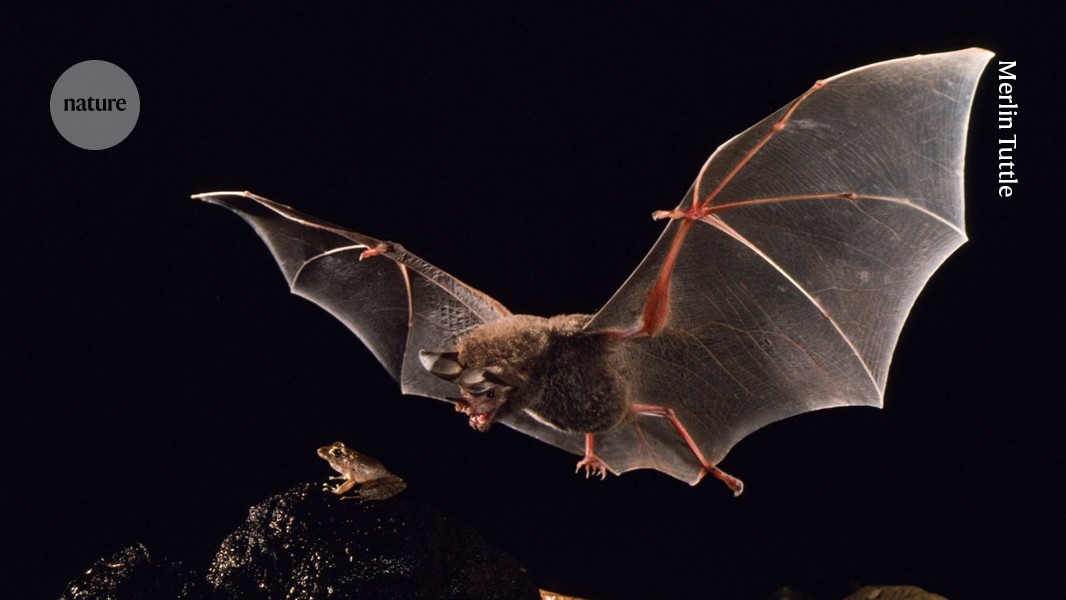
"Researchers at the Smithsonian Institute studied fringe-lipped bats and discovered that these creatures learn to identify the calls of edible frogs versus toxic ones over time."
"The study highlights the developmental aspect of foraging behavior in bats, suggesting that young fringe-lipped bats rely on experience to refine their ability to differentiate between prey sounds."
Research indicates that fringe-lipped bats, known for their diet of frogs and toads, develop the ability to differentiate between palatable and toxic species by learning from their experiences. Conducted by Logan James and colleagues at the Smithsonian Tropical Research Institute, the study aims to determine whether bat responses to prey calls are innate or acquired. The findings suggest that these bats rely on auditory cues, honing their skills in recognizing which frogs are safe to consume, showing a significant aspect of their foraging behavior.
Read at Nature
Unable to calculate read time
Collection
[
|
...
]